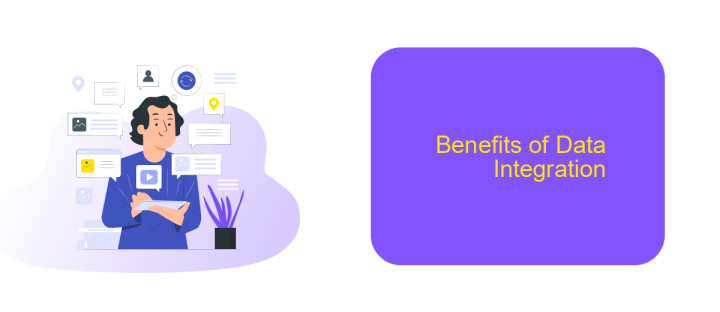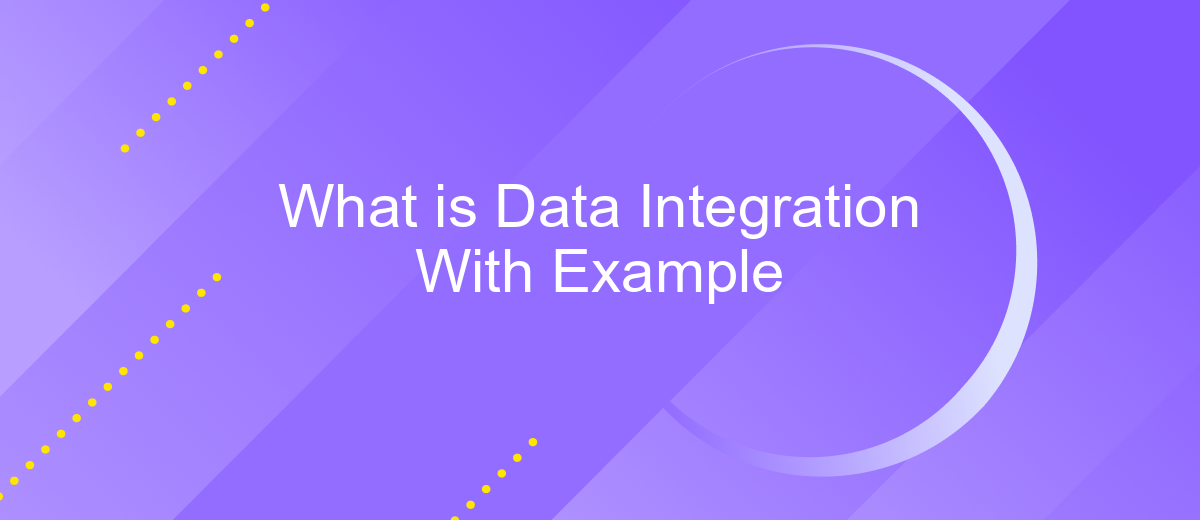What is Data Integration With Example
Data integration is the process of combining data from different sources to provide a unified view. This essential practice helps organizations streamline operations, enhance decision-making, and gain comprehensive insights. For instance, integrating customer data from various channels like emails, social media, and purchase history can offer a holistic understanding of customer behavior and preferences.
What is Data Integration?
Data integration is the process of combining data from different sources to provide a unified view. This is crucial for businesses as it enables better decision-making, streamlines operations, and enhances data accuracy. By integrating data, organizations can break down silos and ensure that information flows seamlessly across various departments.
- Combines data from multiple sources
- Enhances data accuracy and consistency
- Improves decision-making and operational efficiency
- Breaks down data silos within organizations
One effective tool for data integration is ApiX-Drive. This service allows users to automate the transfer of data between various applications and systems without requiring any coding skills. By using ApiX-Drive, businesses can set up integrations quickly and ensure that their data is always up-to-date and synchronized across all platforms. This not only saves time but also reduces the risk of errors associated with manual data handling.
Why is Data Integration Important?

Data integration is crucial because it enables businesses to consolidate information from various sources, providing a unified view of their operations. This integration facilitates better decision-making, as stakeholders can access comprehensive and accurate data in real-time. When data is scattered across multiple systems, it can lead to inefficiencies, errors, and missed opportunities. By integrating data, organizations can streamline their processes, enhance productivity, and improve overall performance.
Moreover, data integration is essential for maintaining data quality and consistency. Tools like ApiX-Drive simplify the integration process by allowing seamless connections between different applications and platforms. This not only reduces the time and effort required to set up integrations but also ensures that data flows smoothly and accurately between systems. As a result, businesses can focus on analyzing and leveraging their data rather than dealing with technical challenges, ultimately driving innovation and growth.
Types of Data Integration

Data integration is essential for organizations to unify information from various sources for better decision-making. There are several types of data integration methods, each catering to different needs and scenarios.
- Manual Data Integration: This involves manually collecting and consolidating data from different sources. It's time-consuming and prone to errors but can be useful for small-scale projects.
- Middleware Data Integration: Middleware software acts as a bridge to connect different systems and facilitate data exchange. This method is more efficient than manual integration but requires specialized software.
- Application-Based Integration: This method uses applications like ApiX-Drive to automate data transfer between various platforms. It is ideal for businesses that need real-time data synchronization and reduced manual effort.
- Uniform Data Access: This approach provides a unified view of data without moving it from its original source. It is useful for analytical purposes but may not support real-time data updates.
- Common Storage Integration: Data from different sources is stored in a central repository, such as a data warehouse, for easy access and analysis. This method ensures data consistency and integrity.
Choosing the right type of data integration depends on the specific needs and resources of an organization. Tools like ApiX-Drive can simplify the process by offering automated and efficient data integration solutions.
Benefits of Data Integration

Data integration offers a multitude of benefits that can significantly enhance business operations and decision-making processes. By consolidating data from various sources into a unified view, organizations can improve data accessibility and reliability, enabling more informed decisions.
One of the key advantages is the reduction of data silos, which often hinder collaboration and data sharing across departments. With integrated data, businesses can streamline workflows and enhance productivity, leading to more efficient operations.
- Improved Data Quality: Data integration ensures consistency and accuracy by eliminating duplicate and inconsistent data.
- Enhanced Business Intelligence: Unified data provides comprehensive insights, helping businesses identify trends and make strategic decisions.
- Cost Efficiency: Reducing the need for multiple data storage solutions and manual data handling can lead to significant cost savings.
- Scalability: Integrated systems can easily adapt to growing data volumes and business needs.
For seamless data integration, services like ApiX-Drive offer automated solutions that connect various applications and data sources without the need for extensive coding. This simplifies the integration process and ensures that businesses can focus on leveraging their data for growth and innovation.
Example of Data Integration
Imagine a retail company that uses multiple systems to manage its operations: a CRM for customer data, an ERP for inventory management, and a separate e-commerce platform. Data integration allows these disparate systems to communicate and share information seamlessly. For example, when a customer places an order online, the e-commerce platform can automatically update the inventory levels in the ERP system and sync customer details with the CRM. This ensures that all departments have access to the same up-to-date information, improving efficiency and reducing the risk of errors.
To facilitate such integration, businesses often use tools like ApiX-Drive. ApiX-Drive provides a user-friendly interface to connect various applications without requiring extensive coding knowledge. By using ApiX-Drive, the retail company can set up automated workflows that transfer data between systems in real-time. This not only saves time but also ensures data consistency across all platforms. As a result, the company can focus more on strategic initiatives rather than manual data entry and reconciliation tasks.
FAQ
What is data integration?
Why is data integration important?
Can you give an example of data integration?
What challenges are associated with data integration?
How can automation tools help with data integration?
Time is the most valuable resource in today's business realities. By eliminating the routine from work processes, you will get more opportunities to implement the most daring plans and ideas. Choose – you can continue to waste time, money and nerves on inefficient solutions, or you can use ApiX-Drive, automating work processes and achieving results with minimal investment of money, effort and human resources.

